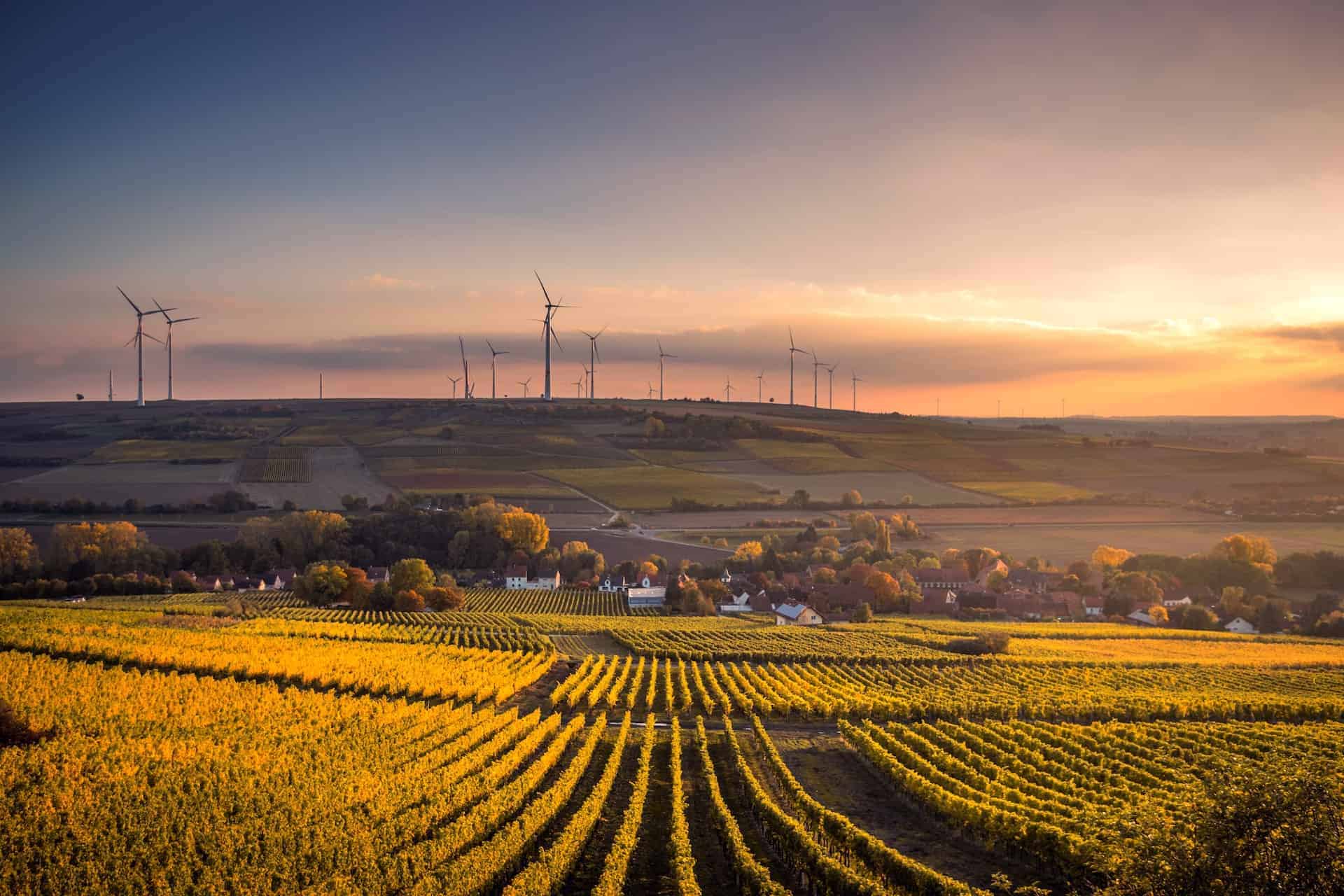A lack of robust broadband connectivity in rural areas is the chief obstacle to more U.S. farmers adopting precision agriculture technologies, which would transform domestic food production and boost the U.S. economy.
A food crisis is quietly brewing in the U.S. as small farms struggle to keep afloat. More than half of U.S. farm households now lose money each year, while the U.S. Department of Agriculture (USDA) expects 2019 soybean and corn production, which represents the U.S.’s top two crops, to fall 19 percent and 4 percent over 2018 levels, respectively. As the impacts of these developments ripple throughout the economy, technological advancements in farming operations may be able to help.
Key Findings:
- Expanding robust broadband service to rural areas would generate $65 billion annually through increased crop yields for farmers, which is more than the deployment cost of $35 to $40 billion.
- Median farm income in the U.S. hit a decade-low in 2018, sitting at -$1,840.
- 39 percent of rural U.S. residents lack access to broadband service. The federal government does not currently track connectivity in croplands across the nation.
- By 2050, the global population is expected to reach 9.1 billion, and demand for food will be 70 percent higher than it is currently. Precision agriculture technology can help make up the difference, if implemented sooner rather than later.
Precision agriculture, which refers to Internet of Things (IoT) technologies tailored to the farm, can help modern farmers maximize efficiency and productivity on their land, increasing crop yields and reducing costs for farmers. Those technologies rely on connectivity to work, but much of the farmland in the U.S. lacks access to adequate broadband service.
While expanding broadband to rural and unserved areas would cost an estimated $35 to $40 billion, the USDA expects expanded broadband access, coupled with an increase in adoption of precision agriculture technologies across America’s farms, would deliver $65 billion annually to the U.S. economy.
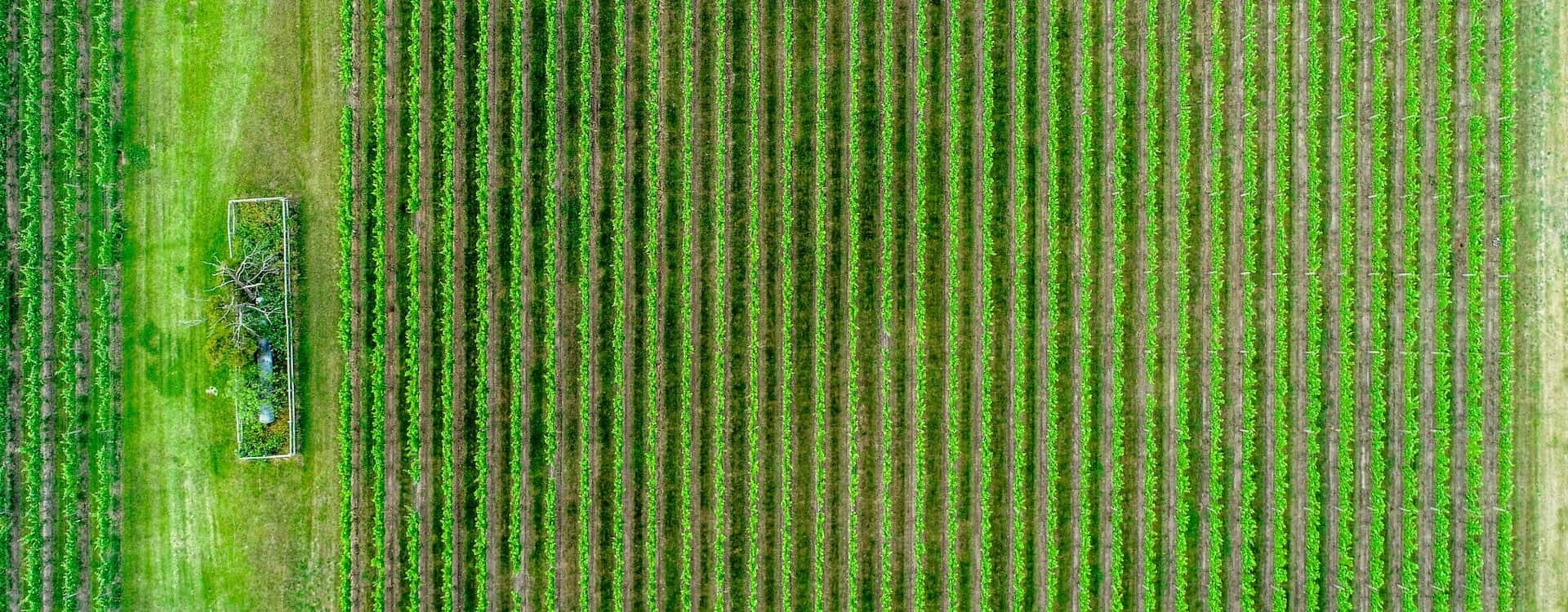
After a multiyear decline in crop and livestock prices, the recent on-going trade war has brought independent farmers to their knees. In the past few years, more than half of farm households in the U.S. have had negative farm income, according to USDA data. Median farm income hit a decade-low in 2018 at -$1,840. Farm income is expected to increase only slightly in 2019 to reach -$1,644.
America’s farmers are also now bearing the brunt of President Trump’s trade policies. Tariffs on foreign steel and aluminum spurred a wave of retaliatory tariffs from Mexico, China, Europe, and Canada on U.S. agriculture products, such as corn, soybean and dairy. Agricultural exports to China — the single largest customer of U.S. soybeans — has dropped over 50 percent from $19.5 billion to $9.2 billion since the trade war began.
Climate change is further complicating matters for farmers. The U.S. saw one of the wettest 12-month periods in its history earlier this year, which prevented corn and soybean farmers from planting their crops for months. The situation has become so dire that farmers are taking to Twitter to document their struggles using the hashtag #NoPlant19. AccuWeather, which releases periodic food production forecasts, expects harvests in corn and soybean to be even lower than the USDA numbers, due to a wet spring and early snows.
Improving connectivity has been a top priority for the U.S. Department of Agriculture (USDA) and the Federal Communications Commission (FCC) for years, but progress has been slow. According to FCC data, 39 percent of rural U.S. residents lack access to broadband service, and there is no federally-tracked data on connectivity on cropland and rangeland.
Closing the digital divide could improve crop outcomes while also spurring revenue generation for rural communities. Increased broadband coverage in rural and agricultural areas would enable farmers to take advantage of new precision agriculture technologies designed to better monitor and respond to conditions in the field.
Going one step further, closing the digital divide facing rural America would have far-reaching benefits beyond food production, expanding modern economic opportunities to all Americans.
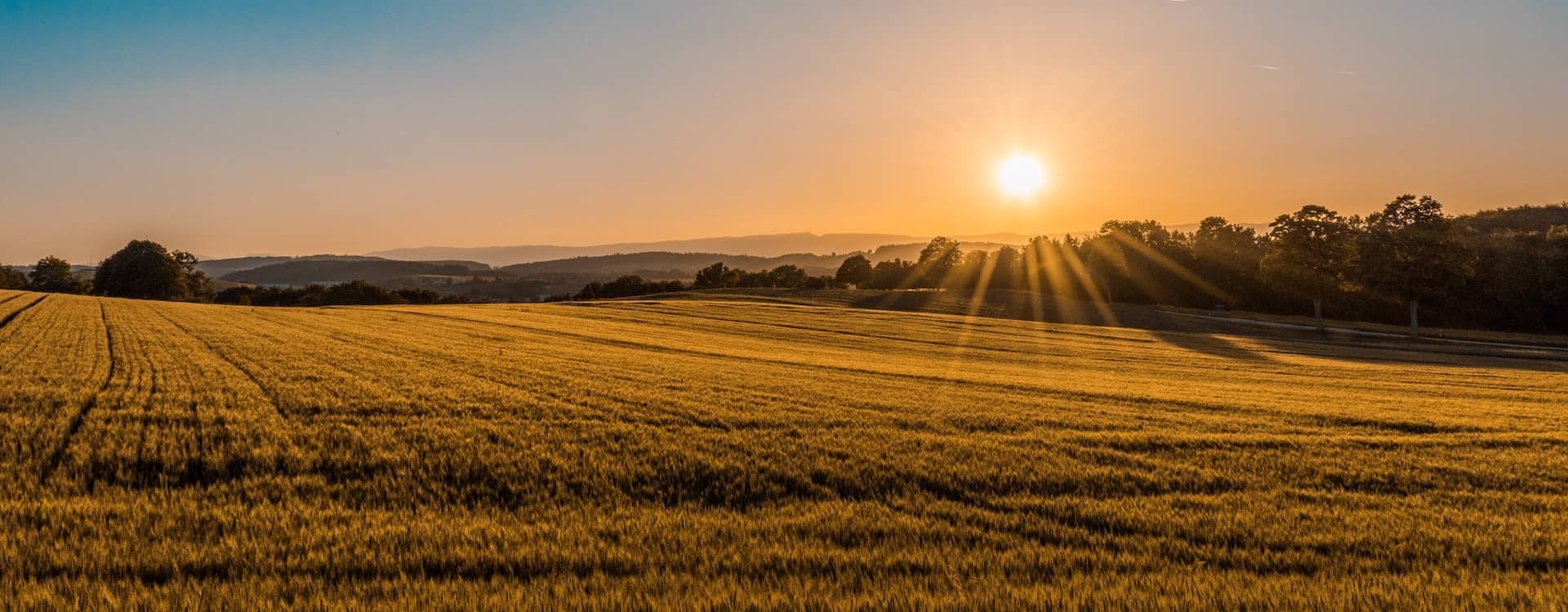
What is precision agriculture?
Humans have relied on the predictability of weather and seasonal patterns for generations in order to successfully engage in agriculture. Farmers keep to a set schedule for planting and harvesting, ensuring the most efficient use of the land for the maximum crop yield during a growing season. But such practices are becoming less reliable as the global climate experiences more changes. Months of non-stop rain in vast swaths of the Midwest earlier this year, for example, forced farmers to delay planting until well into May. Farmers are now racing to harvest as much crop as they can amid a flurry of early-season snowstorms in the same region.
Precision agriculture describes a set of technologies that gather data about weather, soil and plant conditions to help farmers identify and manage variability within fields where crops are planted. By closely monitoring things like water saturation, minerals in the soil, and the amount of light an area is receiving, farmers can fine-tune their operations to respond to different conditions in different areas of their cropland in real time. Doing so can improve crop yields, increase revenue generation for farmers, reduce input costs, and improve the sustainability of U.S. food production.
How it works
Precision agriculture technologies rely on in-field sensors to gather thousands of data points, and data management and analytics platforms that leverage artificial intelligence to digest the data points and derive useful insights that the farmer can use to improve operations.
Weather forecasting
Accurate weather forecasting is an integral component to food production. As much as 90 percent of all crop losses are due to weather-related issues, and experts agree weather will likely become more variable as the climate continues to warm. Weather modeling data can be integrated into farming practices like crop planting and harvesting to produce better yields, and near real-time weather data can help farmers stay ahead of shifting weather patterns, while also ensuring farms use water more efficiently.
Soil monitoring
Sensors placed throughout a field can continuously monitor soil for moisture content, temperature and nutrient data. That information can help farmers understand how nitrogen and carbon are cycling through soil, enabling more efficient use of fertilizer, water and other resources. This data can also be used to customize water and fertilizer applications, for example, in specific areas within a field, based on soil conditions.
Plant monitoring
Sensors installed near or in some cases directly onto individual leaves collect data on the health of the plant can give farmers a crystal-clear picture of how crops are faring out in the field. Sensors can monitor the relative health and hydration of individual plants. Monitoring for water stress in arid farming regions, for example, can help farmers better manage water supplies.
Yield monitoring
Sensors can also be installed on combines used for harvesting. These sensors collect data on harvest yields, enabling farmers to better understand crop outcomes from field to field. That information can then be incorporated into planting and harvesting models for the next year.
Data management and analytics
With a surge in the amount of data-collecting sensors deployed in agriculture, farms are now generating millions of data points. Researchers estimate row crop producers can generate 0.5 kilobytes of data per plant per year. That means a 1,000 acre corn farm, for example, may produce 15 gigabytes of data per year.
There are several third-party technology companies that are offering data management and analytics platforms for precision agriculture applications. These companies offer cloud-based platforms where data from the field can be imported and analyzed using artificial intelligence to derive predictive models that farmers can apply to crop planting and harvesting in the next year.
Analytics platforms can generate models for maximum land productivity, and create prescriptive maps that can help farmers determine when to seed, how much to water and fertilizer, where to apply pesticides, and when to harvest.
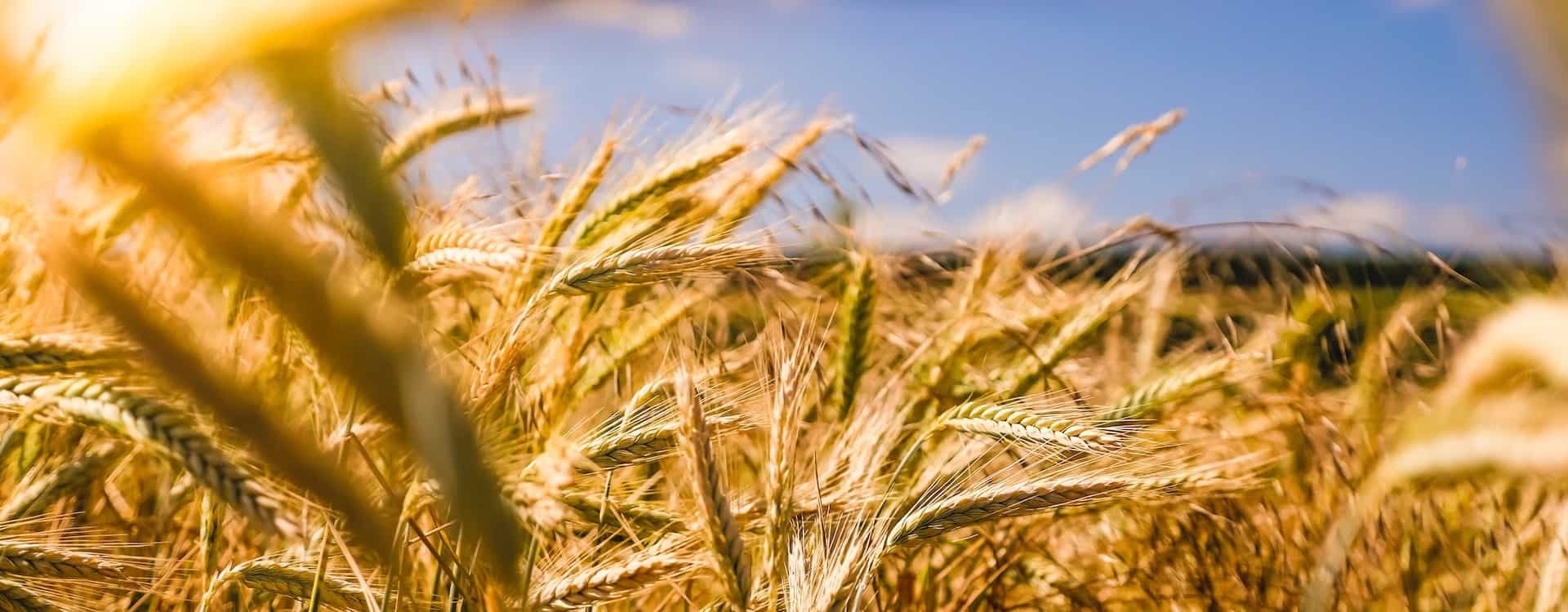
Applications for precision agriculture
In the field, real-time data collection, transmission and analysis can be used in the field to adjust water, fertilizer and other resource use as it occurs. The data collected and analyzed is only useful if the farmer (or the equipment) can act on the information. Here are some of the machinery advancements now available for the agriculture sector:
GPS-guidance systems
Many farms now use GPS-guidance systems to improve seeding, watering, and harvesting operations. GPS-steered tractors can apply water and fertilizer with sub-inch accuracy, while GPS-guided combines can help farmers increase efficiencies in harvesting. Location data can be used for mapping field boundaries, irrigation systems or even pest infestations, and can help farmers monitor soil or crop conditions in specific areas year after year.
Variable-rate technologies
Farmers can better take advantage of precision agriculture solutions through the use of variable-rate technologies, which optimize water, fertilizer, and pesticide application based on the conditions of each segment of the field.
The underlying topology of a field, for example, may create a high, drier area in part of the field that requires more water, and a lower, soggier area in another part of the field that requires less water. Variable-rate systems, which typically include in-cab computing capabilities and equipment capable of changing rates during operation, can detect and alter water, fertilizer or pesticide application based on the ground conditions.
Precise field monitoring
A network of ground sensors can also alert farmers and ranchers to problems as the arise. Video-capturing drones, for example, can alert ranchers to livestock predation or theft. Drones can also be used to visually monitor crop health during periods of extreme drought or a surprise freeze, for example. Drones can also use video analytics to determine weed or pest infestations for spraying applications.
How precision agriculture can help fight a food shortage
While precision agriculture is a relatively new phenomenon, there are already a number of case studies indicating these technologies can significantly improve farm operations. Many of the benefits of precision agriculture ripple throughout the larger farm operation, helping farmers realize cost-savings across inputs, for example, while also generating more revenue and potentially producing larger crop yields.
Reduce input costs
In the U.S., one of the biggest threats contributing to the potential food shortage has been the sharp rise in small and independent farms going out of business. Reducing costs across operations is crucial to helping farmers stay afloat. Much of the agriculture automation of yesteryear is not able to track or respond to precise conditions in the field. Research has shown, for example, that as much as 40 percent of fields in the U.S. are over-fertilized each year.
Over-fertilization can result in a 15-20 percent yield loss, which means over-fertilization can both raise costs for farmers and also reduce harvests.Variable-rate technologies can be used to maximize efficiency in fertilizer application, saving farmers money and improving harvests. Agriculture also uses up to 70 percent of the world’s freshwater supply, and is responsible for as much as 15 percent of global greenhouse gas emissions. More efficient and precise use of pesticides, water and fertilizer can also help the agriculture sector reduce greenhouse gas emissions and improve water quality.
Increase crop yield
A changing climate means farmers will have to further maximize productivity on the land in order to reap the largest harvests possible despite unpredictable and challenging weather conditions. Hyper-accurate weather forecasting, coupled with soil, pest and water monitoring, and improved seeding operations can help farmers respond to changes in the field more quickly and increase crop yields. A 2016 study conducted by the International Crops Research Institute for the Semi-Arid Tropics (ICRISAT) in India demonstrated a 30 percent average higher yield per hectare using a seed sowing application.
Increase revenue
A lot of food waste occurs in the distribution process. Asset tracking and other IoT solutions deployed outside the field can also help farmers reduce product loss and increase revenue generation. Weather data can help farmers plan distribution routes for food, for example. End-to-end traceability, in which data is collected at each point in the food’s journey from farm to grocery store, can bring more visibility to the supply chain and reduce inefficiencies. This can be especially useful during food recalls, in which as much as 50 percent of food recalled is not contaminated, according to research.
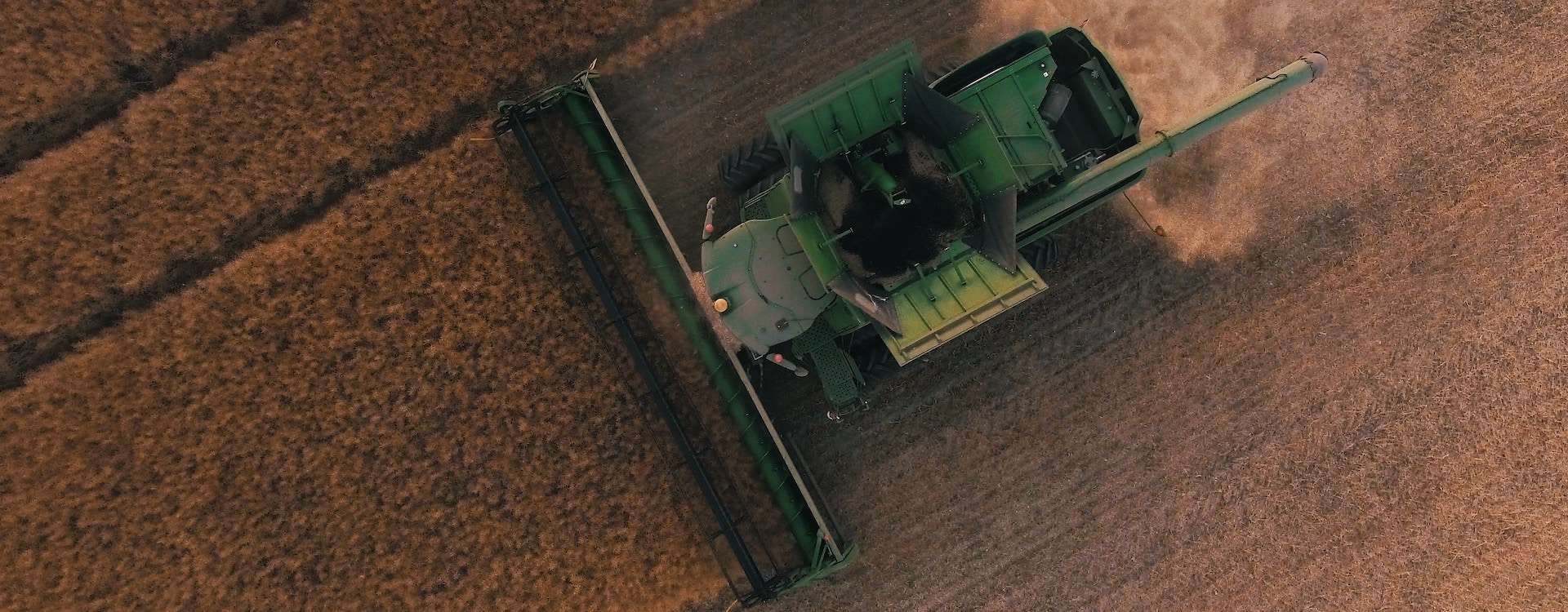
Connectivity is key to improving food production in U.S.
Farmers need access to a robust and ubiquitous communications network to reap the benefits of precision agriculture technologies. Sensors deployed in the field, for example, need to upload data collected to a cloud-based management platform; and weather forecasting can be delivered directly to a farmer’s smartphone via an app, but the farmer will need to connect to a wireless network to access the data.
Lack of broadband access in rural areas has been identified as the top impediment to more farmers in the U.S. adopting precision agriculture technologies, according to the USDA. An April 2019 report notes that U.S. food producers “face inconsistent ability to tap into and master new technologies, compromising the higher productivity and greater profitability needed to sustain and grow United States agriculture, meet the dietary needs of a growing global population, and maintain national competitiveness in international markets.”
“Addressing these imperatives is only possible through efficiently and effectively building high-capacity rural Internet infrastructure, both wired and wireless, to deliver reliable, high-speed access and harnessing the emerging generation of precision agriculture technologies,” it concludes.
Lawmakers are beginning to recognize the importance of the issue. In 2015, Iowa state legislators passed the “Connect Every Acre” bill, which aimed to expand broadband access in farmland.
Earlier this year, the FCC began the process of forming a task force focused on bringing increased connectivity to farmland in the U.S. The task force will work with the USDA to develop policy proposals aimed at bringing broadband to 95 percent of agricultural land in the U.S. by 2025.
Broadband technologies for precision agriculture
Broadband forms the backbone of any precision agriculture application, but much of rural America lacks access to adequate broadband service. Both wired and wireless infrastructure can support the wireless networks needed for precision agriculture applications.
Wired network infrastructure such as fiber or coax cable is expensive to deploy in rural areas, where potential customers are spread out across miles of undeveloped land. Internet Service Providers (ISPs) have resisted deploying wired networks in rural areas, and consequently, much of the broadband access in rural America has been limited to wireless technologies like fixed wireless access and satellite broadband.
The strong tradition of electric co-ops in much of the agricultural land in the U.S. could help spur adoption of precision agriculture technologies by providing fiber to the farm, as could the growing class of local government-owned fiber networks.
In the wireless sector, there are a number of commercially-available wireless network technologies that can meet the tailored needs of precision agriculture solutions:
Private LTE
Wireless companies offer private cellular network solutions for enterprises and businesses to use in their operations and IoT applications. Cellular technologies such as LTE-M and NB-IoT are designed to handle the specifics of IoT applications. LTE private networks offer more reliability and increased security for companies, but are expensive and require cellular infrastructure. In rural areas, private cellular networks may not be feasible where wireless carriers have not already installed towers to support the networks.
5G
Wireless carriers have touted the potential for 5G in precision agriculture applications. 5G’s increased capacity and ultra-low latency can support more complex data applications, such as delivering data and analytics in real-time, and can support incorporating high resolution video into applications (in crop monitoring, for example). Wireless carriers have also advertised 5G’s potential to bring high-speed fixed wireless access to rural communities, but initial 5G deployments for far have been concentrated in high-density urban areas. Once again, until wireless carriers build out the infrastructure needed to support 5G, farmers cannot reap the benefits of this technology.
Satellite Internet
Satellite internet has dominated the rural wireless market for years, but legacy satellite broadband isn’t reliable in certain weather conditions, for example, and faces capacity limitations for moving large amounts of data. Satellite broadband also suffers from high latency, which is not ideal for precision agriculture applications that requires real-time data analysis. However, the new generation of LEO satellite broadband could help bring broadband to remote areas more cost-effectively and help support precision agriculture applications on the farm. Such services are not expected to become commercially-available until the next decade.
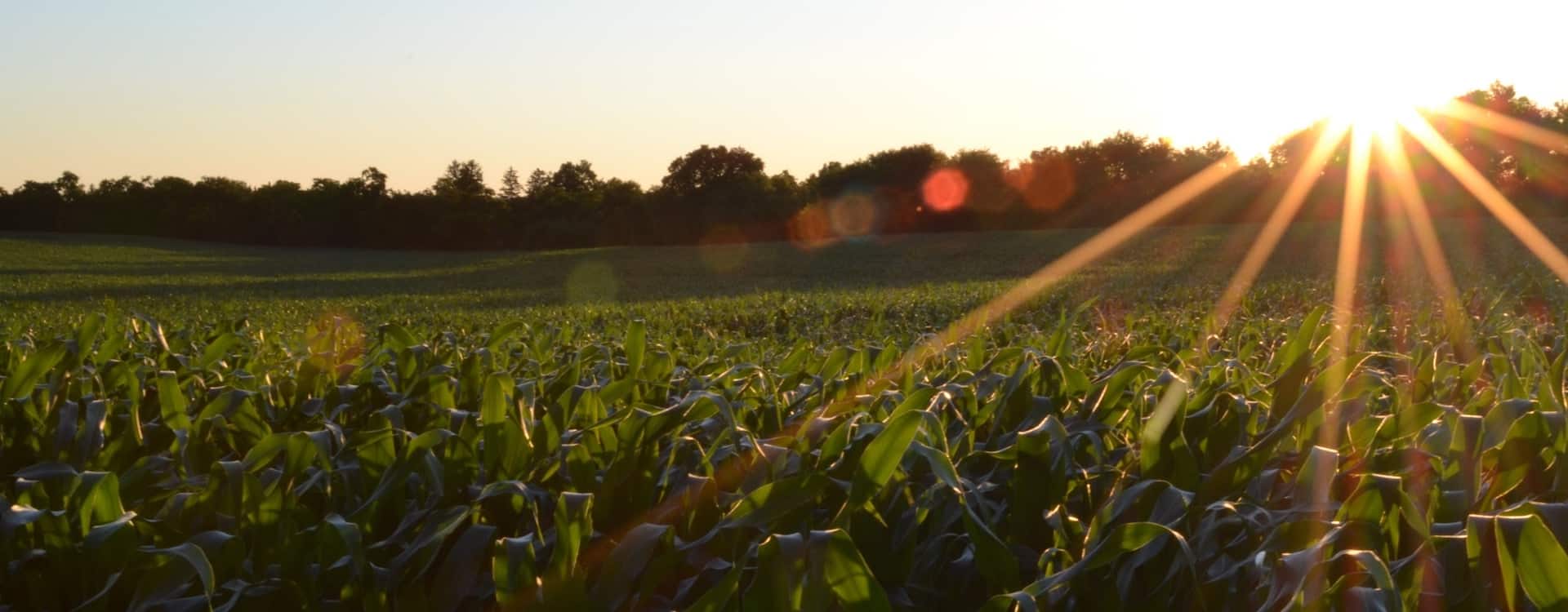
Looking Ahead
Food production around the world is becoming increasingly challenging. The U.N. expects that by 2050, the global population will reach 9.1 billion. Demand for food will be 70 percent higher than it is currently, while the World Economic Forum predicts increased urbanization and soil degradation will reduce the amount of arable land available for food production.
Precision agriculture technologies are transforming food production. Installed sensors help farmers respond in real time to changing conditions out in the field, while asset tracking and end-to-end traceability offers farmers an opportunity to reduce food loss in distribution. These advances can help potentially increase food production by maximizing efficiency in planting, harvesting and distribution. But access to connectivity, the backbone of precision agriculture, is crucial. New communications technologies such as 5G can help improve access to broadband in these areas, enabling farmers to better manage food production despite increased challenges.
Limited access to broadband in rural America prohibits farmers from fully utilizing precision agriculture solutions in the fields. Without a wireless network that can move the thousands of data points from the installed devices to a centralized data management and analytics platform, farmers cannot fully take advantage of the efficiencies that precision agriculture can deliver.
Lack of ubiquitous connectivity in much of the U.S. farmlands has the potential to create a significant disparity between food producers who have access to high-speed Internet in the field and those who do not. Large farms owned by agribusiness companies, which have resources to spend on building out private networks, will have one more advantage over the smaller and independent farms that are currently struggling to stay afloat. Increases in broadband penetration in rural America can not only help farmers become more efficient in food production, but it could also help independent farmers stay competitive in the global food market.
